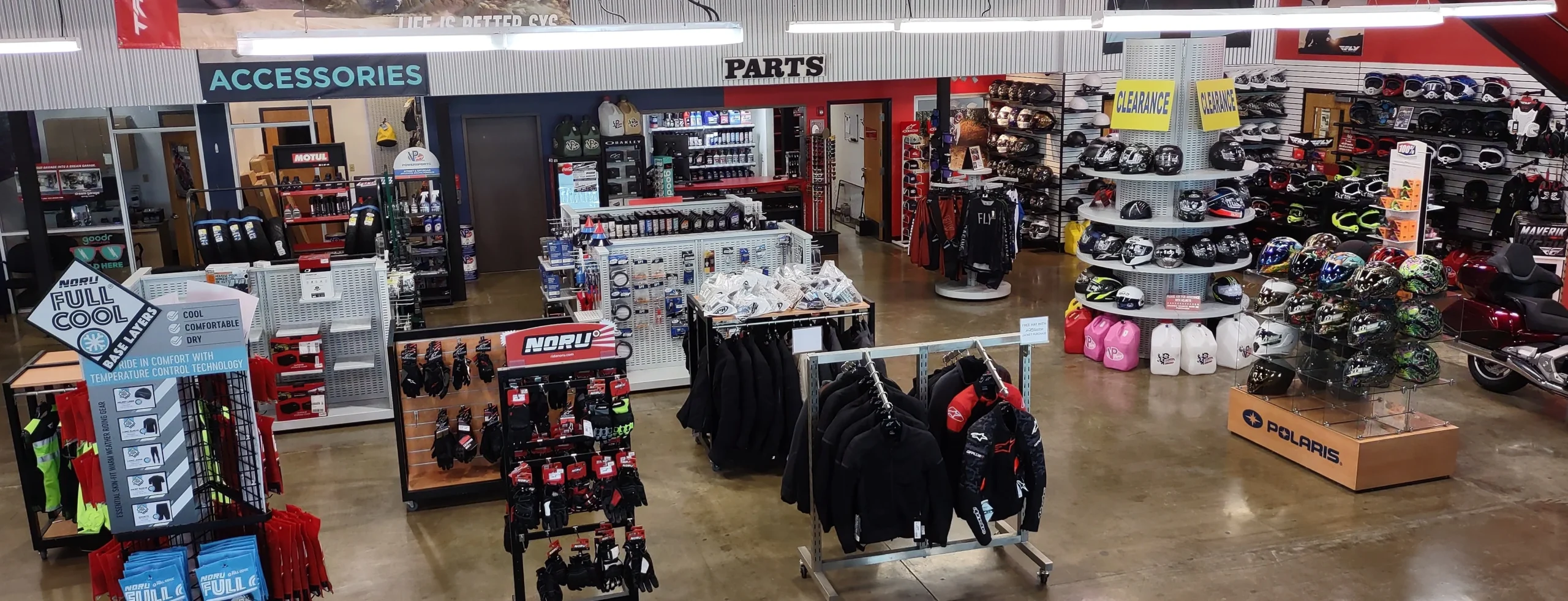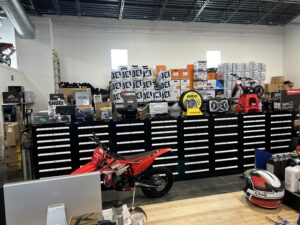Crucial Motorcycle Parts NZ for Peak Performance and Safety
Crucial Motorcycle Parts NZ for Peak Performance and Safety
Blog Article
Recognizing the Vital Parts of a Motorcycle: A Comprehensive Overview for Lovers
For motorbike lovers looking to boost their riding experience and guarantee their bikes run smoothly, comprehending the crucial parts of a motorbike is extremely important. Each element, from the engine's intricate workings to the important function of the braking systems, not just affects performance but also security and comfort.
Engine Parts

The camshaft plays a vital function in regulating the timing of the engine's valves, ensuring the exact opening and closing required for reliable fuel and air consumption, in addition to exhaust expulsion. This timing is vital to keeping optimal engine efficiency and efficiency. Additionally, the carburetor or fuel shot system, depending on the bike design, is accountable for mixing air with gas in the right proportion for burning.
The cooling system, either air or liquid-based, functions to maintain the engine's temperature within functional restrictions, protecting against getting too hot and ensuring longevity - motorbike shop. Each component, diligently designed and integrated, adds to the seamless operation of the engine, specifying the bike's power output and overall efficiency
Transmission System
Essential to the motorbike's performance, the transmission system makes certain effective power transfer from the engine to the wheels. This system consists of numerous critical components, consisting of the clutch, gearbox, and last drive, each playing an essential duty in converting the engine's power into motion. The clutch, generally operated by a hand lever, serves to engage and disengage the engine from the transmission, permitting smooth gear changes and controlled acceleration.
The transmission, often referred to as the transmission proper, contains a collection of equipments that motorcyclists can by hand move via to adjust the bike's rate and torque result. These equipments are organized in a sequence that enables the motorcycle to accelerate smoothly and maintain optimum engine efficiency throughout numerous rates. A lot of motorcycles utilize a sequential gearbox, calling for the cyclist to move gears in a fixed order.
Braking Systems
While comprehending the transmission system is key to utilizing a motorcycle's power, equally vital is the capacity to regulate and quit that power efficiently, which is where braking devices come right into play. Brakes are critical for security and performance, supplying the rider with the required control to browse different surfaces and problems. Typically, bikes feature 2 kinds of braking systems: disc brakes and drum brakes.
Disc brakes are extra common in modern motorbikes because of their superior performance. They are composed of a brake disc, caliper, and pads. When triggered, the caliper squeezes the brake pads versus the spinning disc, converting kinetic power into warm, thereby reducing the wheel. This system offers far better warm dissipation, regular performance, and improved quiting power, particularly in wet problems.
Alternatively, drum brakes, though much less common, are still discovered in some bikes. They function by pressing brake shoes against the internal surface of a drum connected to the wheel. While typically much less reliable in heat dissipation and quiting power, drum brakes are less complex and more economical.
Comprehending these stopping systems' subtleties allows riders to keep their motorbikes correctly and value the engineering that makes sure efficient and risk-free quiting.
Suspension and Steering
Suspension and steering systems are important elements that significantly influence a bike's handling and adventure convenience. The suspension system, being composed of forks at the front and shock absorbers nd hand motorbike shop at the back, takes in roadway abnormalities, boosting security and control. Front forks, upside down or normally telescopic, compress and rebound to alleviate effects, while back shock absorbers keep tire call with the roadway, vital for grip and safety and security.
Guiding, focused around the handlebars, links the motorcyclist to the bike's directional control. The steering head bearings make navigate to these guys certain smooth procedure, enabling specific ability to move. Appropriate positioning and maintenance of these bearings are important for predictable steering feedback and lowering motorcyclist fatigue.
The suspension's adjustability is an additional essential facet; preload, damping, and rebound setups permit modification to fit numerous riding designs and conditions. This versatility is crucial for maximizing performance, whether browsing metropolitan streets or tackling sturdy tracks. Technologies like digital shock absorber provide real-time changes, improving adventure high quality across varied terrains.

Electrical Equipments
After making certain a smooth and regulated experience through reliable suspension and steering systems, interest transforms to the electrical systems, a crucial element of modern-day motorcycles. These systems play a crucial duty not only in beginning the engine yet also in powering numerous elements that boost the functionality and security of the motorcycle.
At the heart of a bike's electrical system is the battery, which stores electrical power required for beginning the engine and powering auxiliary systems - mx gear nz. The alternator or generator, combined with the rectifier-regulator, guarantees the battery remains charged while the motorcycle is in procedure, converting mechanical energy into electrical power and preserving voltage degrees
The ignition system, an additional vital element, is responsible for sparking the air-fuel combination in the engine's cyndrical tubes. Modern bikes frequently use a digital ignition system, using greater effectiveness and integrity compared to conventional systems.
Lighting systems, including fronts lights, tail lights, and indications, are additionally vital, ensuring visibility and security for the cyclist. Added digital elements such as sensing units, control systems, and presents contribute to innovative functions like gas shot administration, anti-lock braking systems (ABS), and electronic control panels, additionally improving the riding experience.
Verdict
A complete comprehension of a motorcycle's important components, consisting of the engine, transmission system, braking devices, suspension, steering, and electrical systems, is important for enthusiasts intending to optimize convenience, security, and this article efficiency. Proficiency of these elements permits informed decisions pertaining to maintenance and upgrades, ultimately improving the riding experience. By incorporating this understanding, cyclists can ensure their motorbikes run at peak effectiveness and dependability, therefore making best use of both pleasure and durability of their lorries.
For motorcycle fanatics looking to elevate their riding experience and ensure their bikes run smoothly, recognizing the vital parts of a bike is critical.Indispensable to the motorbike's capability, the transmission system makes certain efficient power transfer from the engine to the wheels.While comprehending the transmission system is crucial to taking advantage of a bike's power, similarly crucial is the ability to regulate and quit that power effectively, which is where braking mechanisms come into play. Commonly, bikes include two types of braking systems: disc brakes and drum brakes.
A thorough comprehension of a motorbike's crucial elements, consisting of the engine, transmission system, stopping devices, suspension, guiding, and electric systems, is indispensable for enthusiasts intending to maximize efficiency, convenience, and safety.
Report this page